Government Initiatives and Funding
Government initiatives and funding play a pivotal role in shaping the In-Person Learning Market. Various governments are investing in educational infrastructure and programs to enhance access to quality education. For instance, funding for vocational training and adult education programs has increased, reflecting a commitment to lifelong learning. This financial support is crucial for institutions aiming to expand their in-person offerings and improve facilities. Additionally, policies promoting STEM education and workforce development are likely to drive enrollment in-person learning programs. As a result, the In-Person Learning Market stands to benefit from these initiatives, which not only enhance educational opportunities but also align with economic growth objectives.
Rising Demand for Skilled Workforce
The In-Person Learning Market is experiencing a notable increase in demand for skilled professionals across various sectors. As industries evolve, the need for specialized training and education becomes paramount. According to recent data, approximately 65% of jobs require post-secondary education or training, which underscores the necessity for in-person learning environments that facilitate hands-on experiences. This trend is particularly evident in fields such as healthcare, technology, and engineering, where practical skills are essential. Educational institutions are responding by enhancing their curricula to align with industry needs, thereby driving growth in the In-Person Learning Market. Furthermore, partnerships between educational institutions and businesses are becoming more prevalent, creating pathways for students to gain relevant experience while pursuing their education.
Growing Emphasis on Lifelong Learning
The In-Person Learning Market is witnessing a growing emphasis on lifelong learning, driven by the rapid pace of change in various industries. As job requirements evolve, individuals are increasingly seeking opportunities to upskill and reskill through in-person educational programs. This trend is particularly evident among adult learners who recognize the need to remain competitive in the workforce. Data indicates that nearly 75% of adults express interest in pursuing further education to enhance their career prospects. Educational institutions are responding by offering flexible in-person learning options tailored to the needs of adult learners. This focus on lifelong learning not only supports individual career growth but also contributes to the overall development of a skilled workforce, thereby propelling the In-Person Learning Market forward.
Technological Advancements in Education
Technological advancements are significantly influencing the In-Person Learning Market. While in-person learning emphasizes face-to-face interaction, the integration of technology enhances the educational experience. Tools such as interactive whiteboards, virtual reality, and learning management systems are being adopted to create more engaging and effective learning environments. Data suggests that institutions incorporating technology into their curricula see improved student outcomes and satisfaction. This trend indicates a shift towards blended learning models, where traditional in-person methods are complemented by digital resources. Consequently, the In-Person Learning Market is likely to evolve, as educators seek innovative ways to leverage technology while maintaining the benefits of direct interaction.
Increased Focus on Mental Health and Wellbeing
The In-Person Learning Market is increasingly recognizing the importance of mental health and wellbeing in educational settings. Research indicates that students benefit from face-to-face interactions, which foster a sense of community and belonging. This is particularly crucial in the context of learning, as social connections can enhance motivation and engagement. Educational institutions are now prioritizing mental health resources, integrating counseling services, and promoting wellness programs within their curricula. This shift not only supports student wellbeing but also contributes to improved academic performance. As a result, the In-Person Learning Market is likely to see a rise in demand for programs that emphasize holistic education, addressing both academic and emotional needs of students.


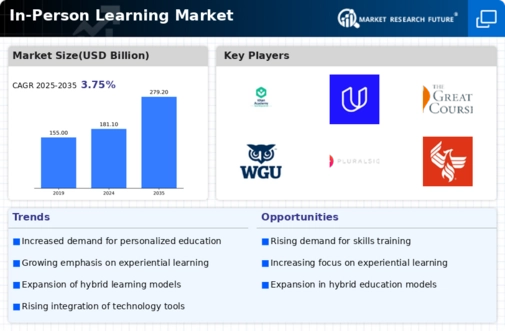


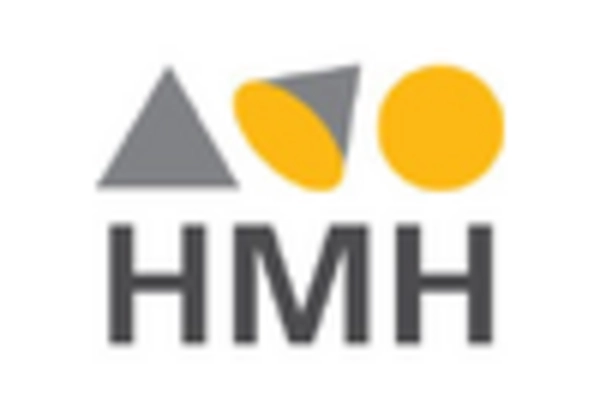
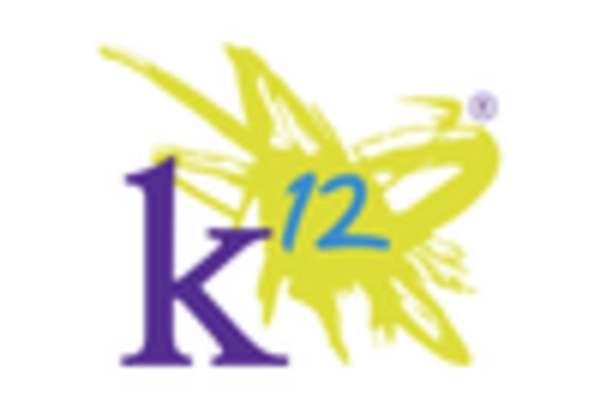
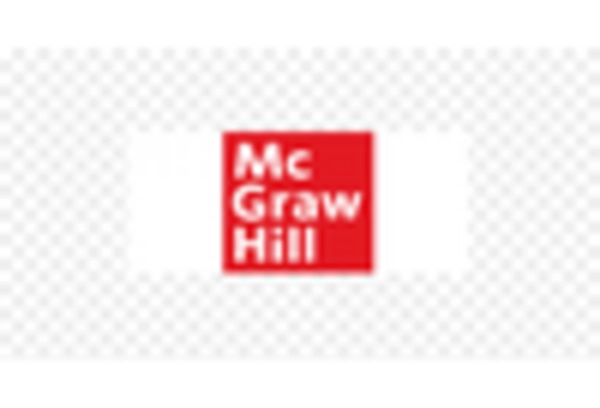
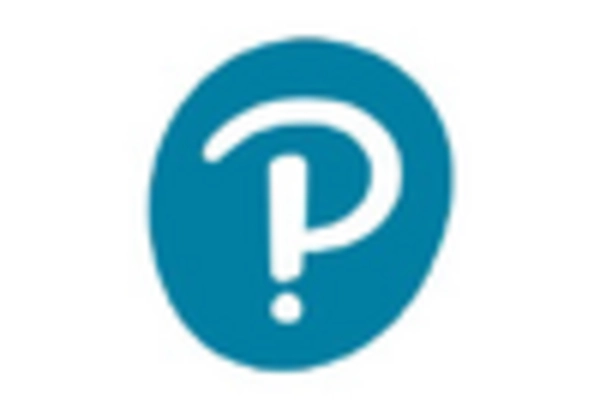









Leave a Comment